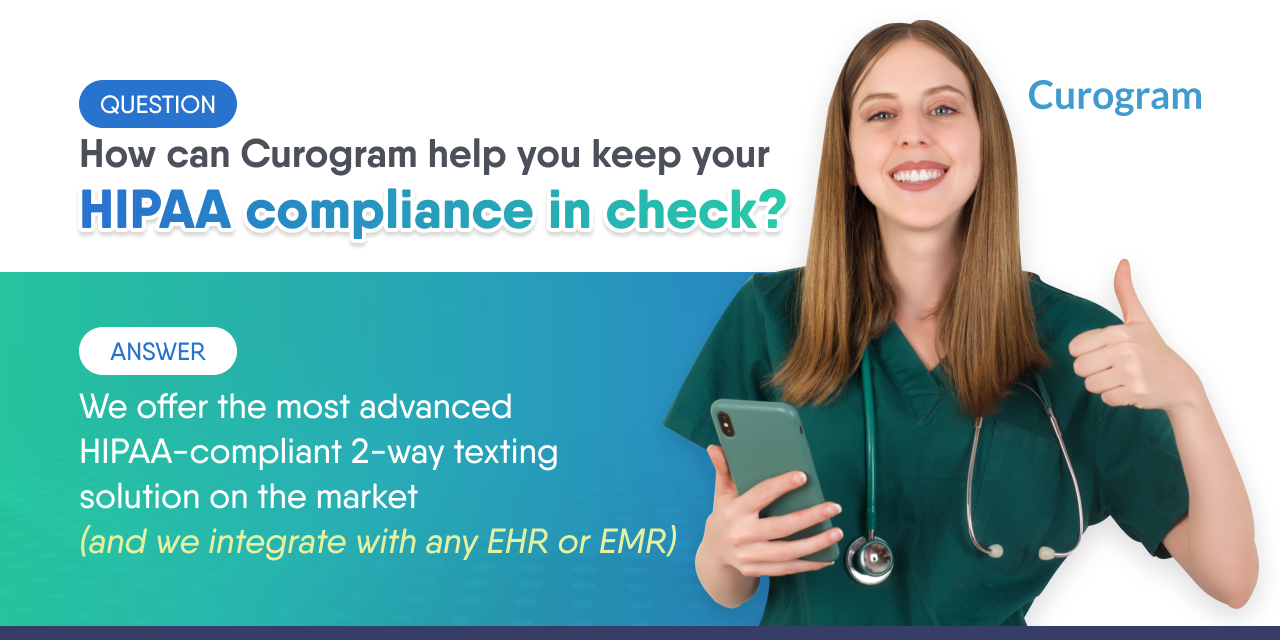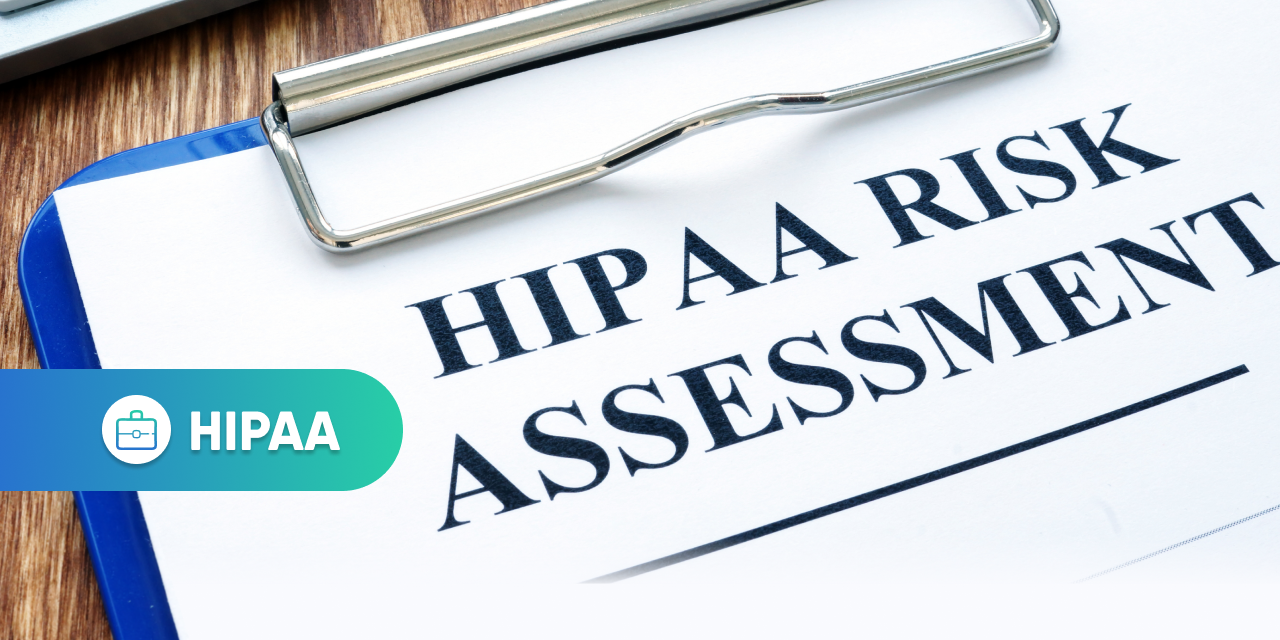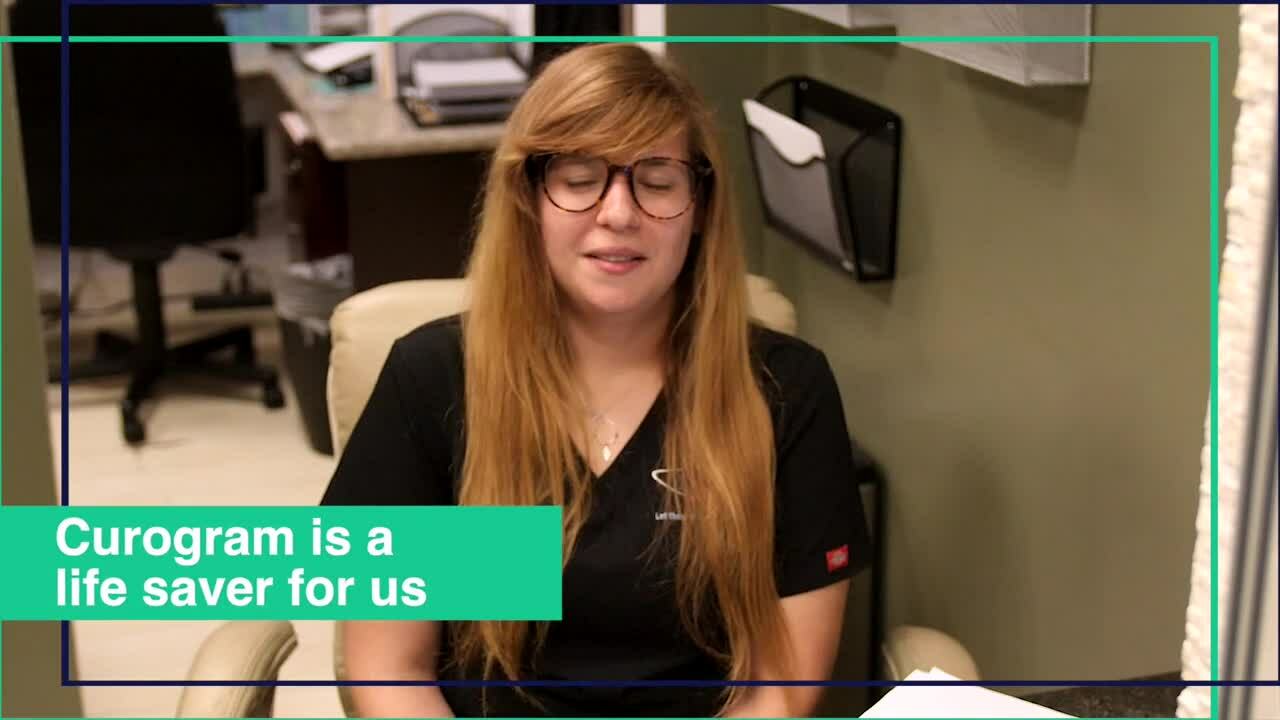Ensuring that patients' sensitive medical information stays safe is something that every medical practice must take seriously, which is why healthcare professionals (HCPs) work so hard to maintain HIPAA compliance by safeguarding protected health information (PHI). After all, a single slipup – regardless of whether it’s intentional – can have costly consequences that range from fines and restitution to a complete loss of reputation.
Before we get into HIPAA risk assessments, let’s take a look at the foundational basics first.
What Is HIPAA?
The Health Insurance Portability and Accountability Act, better known as HIPAA, is a federal law that was enacted in 1996 to:
- Give patients the ability to transfer and continue their health insurance in the event of a job loss or job change
- Reduce healthcare abuse and fraud
- Establish industry standards for health care information on e-billing
Outside of this, HIPAA is more commonly known for its guidance on “protecting sensitive patient health information from being disclosed without the patient's consent or knowledge.” This Privacy Rule, which was designed to keep health information safe while still making it available to authorized individuals to advance the healthcare industry and improve patient care and outcomes, covers how and when PHI can be used and disclosed.
There are several other rules that fall under this umbrella, however:
- The Security Rule, which sets national standards in protecting the ePHI created, received, used, or maintained by covered entities
- The Breach Notification Rule, which requires covered entities and their business associates to send notification letters to concerned parties and the Department of Health and Human Services (HHS) within a set period when a breach occurs
- The Omnibus Rule, which contains changes to the law due to the enactment of the HITECH Act in 2009
HIPAA risk assessments are a requirement for covered entities and business associates in respective healthcare organizations. They assist HCPs in planning and identifying how to eliminate threats to the safety and privacy of PHI by implementing administrative, physical, and technical safeguards to ensure the integrity, confidentiality, and security of PHI.
For a HIPAA risk assessment, the HIPAA Security Rule that covers PHI is the most important to understand.
What Are Considered “HIPAA-Covered Entities”?
HIPAA covered entities fall into one of following 3 categories:
- Healthcare providers
- Health plan providers
- Healthcare clearinghouses
Associated organizations, individuals, and agencies that work with any of these types of entities are also subject to HIPAA violations when PHI is compromised as a result of the mishandling of paper data, or when there’s a data breach due to ransomware, malware, or a phishing attack.
This means that everything – from the business consultants you use to the technology companies you trust – depending on their involvement in patient medical data in your practice, could be subject to HIPAA guidelines.
How Do You Perform a HIPAA Risk Assessment?
There is no set roadmap you must follow when it comes to performing a HIPAA risk assessment, since no 2 organizations are alike, and will vary in terms of both size and capability. The main thing to keep in mind is the end goal:
“To identify potential risks and vulnerabilities to the confidentiality, availability and integrity of all PHI that an organization creates, receives, maintains, or transmits.”
In keeping in tune with this goal, here are a few suggestions that will help you on the path to success:
- Create a chart of the process of collecting, storing, receiving, retrieving, maintaining, and sharing PHI.
- Use this chart to identify and document all the possible threats and vulnerabilities, and then assign risk levels to each.
- Assess the existing security protocols that safeguard PHI and determine the chances of a reasonably anticipated threat.
- Anticipate the consequences a potential data breach.
- Document your HIPAA risk assessment and take required action, as necessary.
- Rinse and repeat. These assessments aren’t just a “one-off” process, and if you’re a covered entity, you are required by law to conduct one at least once a year.
In an age when fraud is rampant, and cyberhacking is becoming more and more commonplace, we cannot stress the importance of patient data security enough.
What Tools Are Available for HIPAA Risk Assessments?
Traditionally, the complexity of HIPAA risk assessments was overwhelming for small and medium practices, which left the door wide open for data breaches. That’s why, in 2014, the Office for Civil Rights (OCR) and the Office of the National Coordinator for Health Information Technology (ONC) released the Security Risk Assessment (SRA) tool, which helps covered entities map out potential security risks and vulnerabilities to PHI.
Once all the data is entered in the SRA, it will display a report of the potential risks in a given practice's or companies policies, processes, and systems. The report then serves as guidance on how to implement measures to mitigate any determined dangers.
It’s important to note that while the SRA covers 156 questions designed to assess PHI integrity, confidentiality, and availability, the tool itself does not guarantee HIPAA compliance. It does not, for example, suggest how to assign risk levels or recommend what policies and necessary procedures to carry out.
Other third-party tools can also help identify these vulnerabilities, but like the SRA, do not provide a fully compliant HIPAA risk assessment. So, while they may be valuable in evaluating and determining the risks, they do not offer complete solutions.
A 3rd option consists of software applications that don’t provide HIPAA risk assessments but strive to prevent PHI leaks instead. These types of tools can help resolve existing risks to ensure HIPAA compliance.
Let Curogram Help Keep Your HIPAA Compliance in Check
Healthcare is a complex space, and there are a lot of moving parts to keep operations running smoothly and patient data secure. As such, there’s no one-size-fits-all solution that will do it all.
At Curogram, we pride ourselves in providing the best-in-class patient engagement platform, which is designed specifically to help you grow your practice, while simultaneously ensuring that your HIPAA compliance is never at risk. We offer the most advanced HIPAA-compliant 2-way texting solution on the market, and our software integrates with any EMR for ease of simplicity.
What’s more:
- We give you the ability to send real-time and scheduled secure text messages to patients about appointment reminders
- We provide multiple layers of security and encryption
- Our software includes secure messaging for private medical conversations and document transfers
If you’ve been interested in streamlining communication with your patients, but have yet to incorporate additional technology into your practice due to concerns about HIPAA compliance, there’s no better time than the present to learn more about how Curogram can help.
After all, can 45,000+ clinics really be wrong in their decision to work with us? Just a little food for thought…



.png)
.png)
 4 Min Read
4 Min Read
 0
Comments
0
Comments


